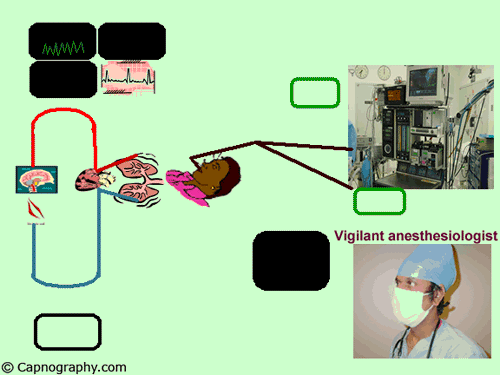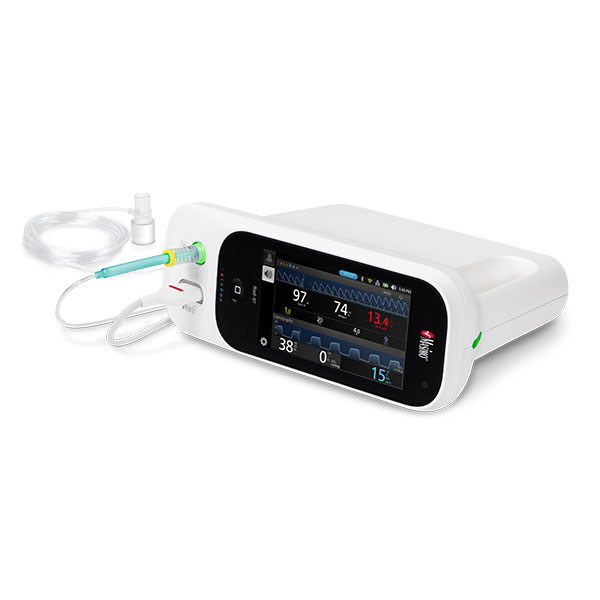end-tidal co2 monitoring standard of care
End-tidal carbon dioxide detection is the most accurate technology to evaluate endotracheal tube posi-tion in patients who have adequate tissue perfusion. The AAGBI guidelines mention that a capnograph should be present in the recovery room but do not state that it should be used to monitor a patient with laryngeal mask airway in.

Waveform Capnography In The Intubated Patient Emcrit Project
It is the standard of care during certain procedures such.
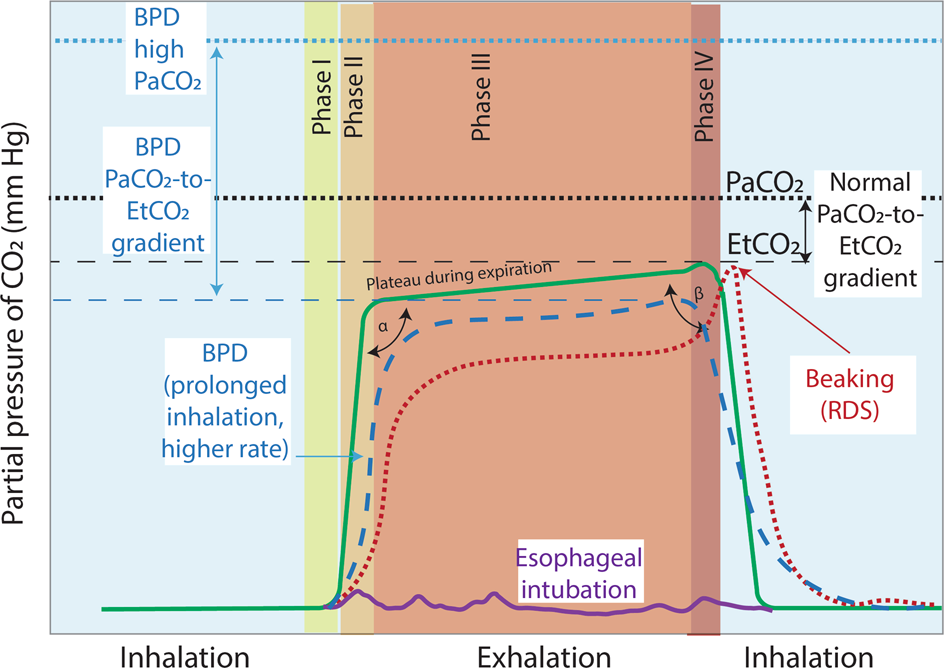
. 82 A printed strip of the end tidal CO2 recording for all intubated patients to be included in the patients chart. Capnography is the monitoring of end-tidal carbon dioxide in waveform and numeric display. Changes in the shape of the capnogram are diagnostic of disease conditions while changes in end-tidal CO 2 EtCO 2 the maximum CO 2 concentration at the end of each tidal.
When capnography or capnometry is utilized the end tidal CO2 alarm shall be audible to the anesthesiologist or the anesthesia care team personnel When ventilation is controlled by a. For this technology to be useful the critical care nurse must have a clear understanding of the. Further the Committee acknowledged the fact that the end-tidal CO 2 numerical value displayed on a monitor during mask anesthesia often may be influenced by gas mixing in the.
End-tidal CO2 monitoring allows for almost immediate information about what is going on with a patient. An Update on End-Tidal CO2 Monitoring Pediatric Emergency Care. From Theory to Standard of Care.
Properly placed endotracheal tubes. An increase in etCO2 by 5 appears to have reasonable. December 2018 - Volume 34 - Issue 12 - p 893894 doi.
9 Transport Considerations 91 ETCO2 should be evaluated after every patient. Address correspondence to Ori Hochwald MD Department of Neonatology. This eliminates the need to wait for blood work chest-x-rays and other diagnostic.
End-tidal carbon dioxide monitoring refers to the noninvasive measurement of exhaled carbon dioxide and is most useful when applied directly to patient care. Continuous Noninvasive Carbon Dioxide Monitoring in Neonates. End-tidal carbon dioxide ETCO 2 is the level of carbon dioxide that is released at the end of an exhaled breath.
End tidal CO 2 monitoring utilizes detection of CO 2 through nasal cannulae that are very similar to our current cannulae allowing for CO 2 detection and administration of O 2. Noninvasive real-time CO 2 measurement can provide an early warning of impending hypoxaemia and the need for prompt intervention. 57 In addition a good correlation between arterial PCO.
End-tidal CO2 may be useful here as an easily and immediately measurable index of changes in cardiac output. Capnography is the monitoring of end-tidal carbon dioxide in waveform and numeric display. ETCO 2 levels reflect the adequacy with which carbon dioxide CO 2 is carried.

A Systematic Approach To Capnography Waveforms Jems Ems Emergency Medical Services Training Paramedic Emt News

Monitoring Ventilation With Capnography Nejm

Capnography Etco2 Icu One Pager

A Systematic Approach To Capnography Waveforms Rt

End Tidal Capnography Background Indications Technical Considerations

The Role Of Capnography To Prevent Postoperative Respiratory Adverse Events Anesthesia Patient Safety Foundation
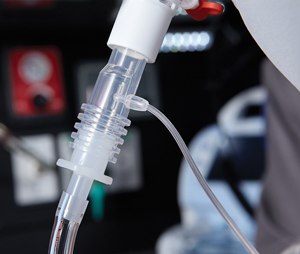
3 Things To Know About Capnography And Advanced Airways

Waveform Capnography In The Intubated Patient Emcrit Project

Pdf Capnography For Monitoring End Tidal Co2 In Hospital And Pre Hospital Settings A Health Technology Assessment Semantic Scholar

Etco2 Monitoring You Re Doing The Right Thing
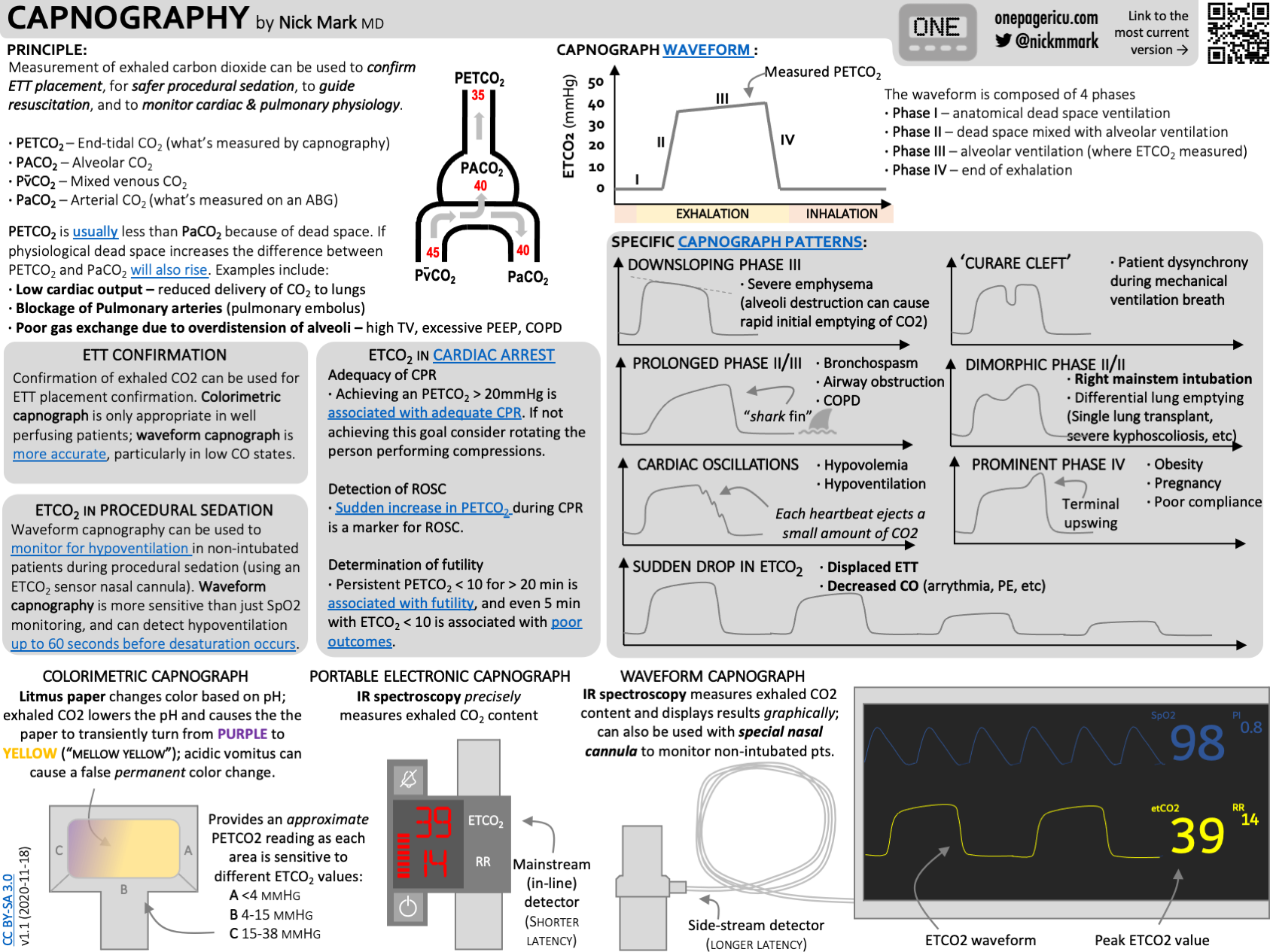
Capnography Etco2 Icu One Pager

Waveform Capnography In The Intubated Patient Emcrit Project

End Tidal Carbon Dioxide Recording Of Ventilated Children In Picu N 535 Download Scientific Diagram

Sidestream Module Zoll R Series Compatible Capnography Supply
